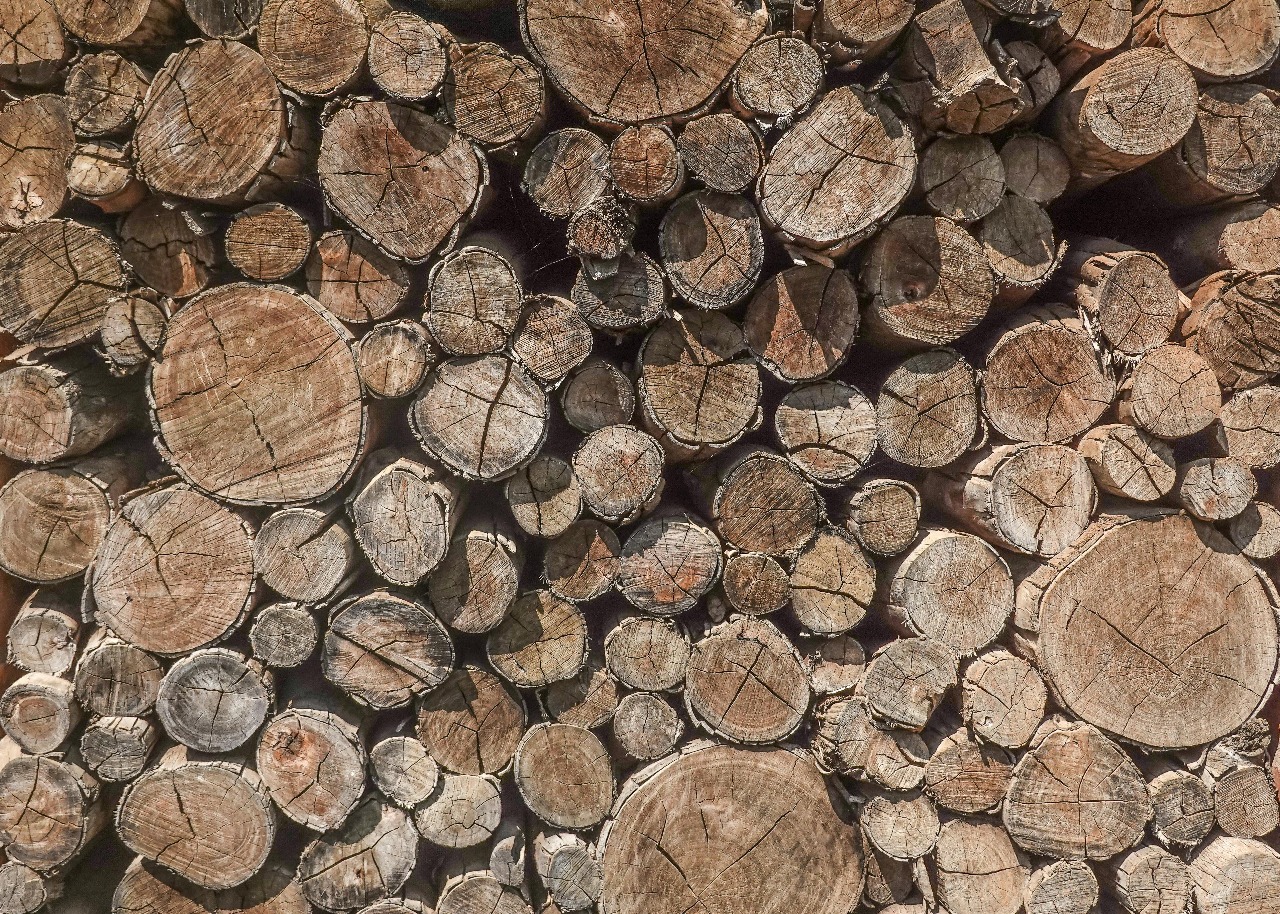How to Store Firewood to Keep It Dry and Efficient

Introduction to Firewood Storage
Firewood is one of the most reliable and eco-friendly heating solutions for homes, restaurants, and outdoor spaces. However, to get the maximum efficiency from Firewood, it must be stored correctly. Improper storage can lead to damp wood, mold growth, and reduced burning efficiency. By learning how to store firewood properly, you can ensure your supply stays dry, clean, and ready to use throughout the year.
Why Proper Firewood Storage Matters
The way firewood is stored directly affects its performance. Wet firewood burns poorly, produces excess smoke, and can create creosote buildup in chimneys. On the other hand, properly dried and stored firewood burns hotter, cleaner, and more efficiently. Storing firewood the right way also prevents pests and insects from infesting the woodpile, making it safer for your home.
Choosing the Right Location for Firewood
One of the most important aspects of storing firewood is choosing the right location. Firewood should always be stored in a dry, well-ventilated area. Placing firewood directly on the ground can cause it to absorb moisture, so it’s best to keep it elevated. Ideally, firewood should be stored at least a few feet away from the walls of your home to avoid pest problems.
Elevating Firewood for Better Airflow
To keep firewood dry, it must not touch the ground. Using pallets, firewood racks, or bricks to raise the stack helps improve air circulation. Airflow around firewood speeds up the drying process and prevents moisture buildup. This small step ensures your firewood remains efficient and ready to burn.
Stacking Firewood the Right Way
How you stack your firewood plays a major role in its ability to stay dry. Firewood should be stacked in neat rows with space between logs to allow air circulation. Avoid crisscrossing logs too tightly, as this traps moisture. A well-stacked pile of firewood not only looks organized but also dries faster and stays in good condition for longer periods.
Covering Firewood Without Trapping Moisture
Covering firewood is essential to protect it from rain and snow. However, it is important not to cover the entire pile with a tarp. Firewood needs airflow to remain dry, so only the top should be covered, leaving the sides open. This allows moisture to escape while still shielding the firewood from direct rain exposure.
Seasoning Firewood for Maximum Efficiency
Freshly cut firewood, also known as green wood, contains a lot of moisture and must be seasoned before burning. Seasoning means letting firewood dry naturally for at least six months to a year. Properly seasoned firewood burns hotter and produces less smoke. Storing firewood correctly during the seasoning process is essential for achieving the best results.
Keeping Firewood Away from Pests
Another key reason for proper firewood storage is to prevent pests. Termites, ants, and rodents are often attracted to firewood piles. Always store firewood a short distance away from your home to reduce the chances of pests spreading indoors. Regularly checking your firewood stack will also help you identify and remove any infested pieces.
Storing Firewood Indoors vs. Outdoors
Many people wonder whether firewood should be stored indoors or outdoors. The best option is to store the majority of your firewood outdoors where it can season and remain ventilated. Only a small amount of firewood should be kept indoors for immediate use. This reduces the risk of bringing pests inside and keeps your home clean.
Using Firewood Racks and Sheds
Firewood racks and storage sheds are excellent solutions for keeping firewood dry and organized. A firewood rack ensures proper airflow by keeping logs off the ground, while a firewood shed provides extra protection from rain and snow. Investing in a firewood storage solution ensures that your firewood remains in top condition year-round.
The Role of Firewood Size in Storage
The size of your firewood also affects how it should be stored. Splitting firewood into smaller pieces helps it dry faster and makes it easier to stack. Uniform pieces of firewood create a stable pile and reduce the chances of collapsing. When preparing firewood for storage, cutting and splitting it properly ensures both safety and efficiency.
Tips for Long-Term Firewood Storage
If you want to store firewood for several months or even years, proper planning is crucial. Always rotate your stock, using older firewood first. Make sure the storage area remains dry and ventilated throughout the year. Avoid stacking firewood too high to prevent accidents. By following these steps, your firewood will remain efficient for long-term use.
Common Mistakes to Avoid When Storing Firewood
Many people unknowingly make mistakes that reduce the quality of their firewood. Some common mistakes include stacking firewood directly on the soil, covering the entire pile with a tarp, or storing it too close to the house. These mistakes can lead to damp firewood, pest problems, and wasted energy. Avoiding these issues ensures your firewood remains reliable and effective.
Conclusion: Keep Firewood Dry and Efficient
Firewood is a valuable resource for heating and outdoor cooking, but only if stored properly. Choosing the right location, stacking firewood correctly, covering it wisely, and keeping it elevated are essential practices. By avoiding common mistakes and maintaining good airflow, you can keep your firewood dry, safe, and ready to burn. With the right storage methods, firewood becomes an efficient and dependable energy source for homes, hotels, and restaurants.